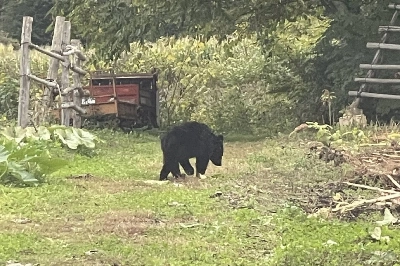Maoist guerrillas in Nepal have been flexing their muscles. In one recent demonstration of their strength late last month, they imposed a blockade on the capital of Kathmandu, which portends an escalation in the violence that has wracked the country. Unable to beat the rebels, the government has had little option except to negotiate. Yet the rebels' dream of a peasant-led society looks like Nepal's nightmare. The people of Nepal, one of the world's poorest countries, are getting caught in the crossfire of this conflict. They have suffered enough.
The Maoist insurgency began in 1996, when shotgun-wielding guerrillas simultaneously attacked six government and police outposts in western Nepal. After several years of similar acts, the group has grown in strength. It now is thought to have between 10,000 and 15,000 members, and experts estimate that it has a presence in at least two-thirds, if not all, of Nepal's 75 districts. Many fear that the guerrillas control much of the countryside. More than 10,000 people have been killed in the insurgency.
The movement draws its strength from widespread dissatisfaction with the traditional order in Nepal. The caste system that dominates Nepalese society is the primary cause of frustration and anger, but there are political motives as well. Many of the rebel leaders were participants in the overthrow of the absolute monarchy more than a decade ago. While most of those individuals subsequently joined the political mainstream, others grew increasingly disillusioned with the government's failure to better the lives of peasants, most of whom live on less than $1 a day.

















With your current subscription plan you can comment on stories. However, before writing your first comment, please create a display name in the Profile section of your subscriber account page.